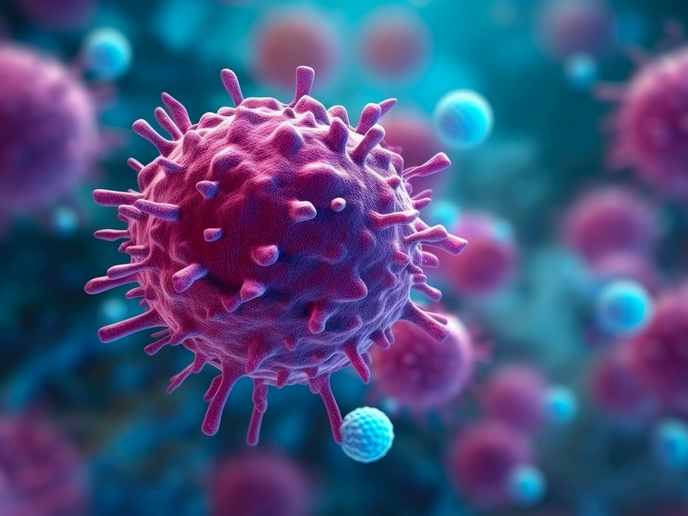One step closer to curing HIV
Finding a cure for the 37 million individuals living with HIV/AIDS is one of the great global health challenges of the 21st century. Although antiretroviral therapy (ART) is without a doubt one of the greatest achievements in HIV biomedical research – one that saves lives and reduces transmission – it is not a cure. “The major obstacle to completely eradicating HIV using ART is the persistence of a small pool of latent HIV cellular reservoirs,” explains Virginie Gautier, a researcher at University College Dublin’s Centre for Experimental Pathogen Host Research. “Once the viral genome is integrated into the host chromosome, the virus is able to persist, remaining hidden in these reservoirs and escaping both ART and immune response.” To overcome this obstacle, Gautier is leading the EU4HIVCURE (Accelerating HIV Cure in Europe) project, undertaken with the support of the Marie Skłodowska-Curie Actions. By leveraging dynamic collaborations between academic researchers and infectious disease clinicians, the project aims to accelerate the drive to find a cure for HIV.
New shock and kill strategies
Most efforts for curing HIV focus on purging persistent latent reservoirs by forcing viral gene expression using Latency Reversing Agents (LRAs) – all while maintaining patients on suppressive ART. “Once viral gene expression and viral particle production is reignited, the viral reservoirs become visible again,” adds Gautier. “They can then be targeted and eliminated by the immune system with the help of immune-boosting strategies.” The challenge, however, is that using multiple layers of control for HIV gene silencing limits the impact of current LRA-based strategies. “These blocks need to be collectively unlocked if we want effective HIV cure strategies,” notes Gautier. This is where the EU4HIVCURE project comes into play. “Our aim is to understand and delineate the nature of these blocks, expand the repertoire of novel therapeutic targets, and develop new classes of LRAs that could be included as part of new ‘shock and kill’ strategies,” she remarks.
Accelerating research on finding a cure
Within just 48 months, the project successfully characterised new layers of control of HIV gene silencing. Researchers also identified potential new pharmacological targets for HIV-1 latency reversing therapeutic strategies. Furthermore, the team screened and examined new classes of LRAs and identified drugs targeting key metabolic junctions. Perhaps most importantly, the project identified a synergistic combination of epigenetic drugs capable of targeting distinct mechanisms of HIV silencing where sequential treatments could achieve high levels of latency reversal in ex vivo preclinical models. “Our work played a key role in consolidating a European ecosystem dedicated to accelerating research on finding a cure for HIV,” concludes Gautier. “We also trained the next generation of infectious disease specialists and expert virologists, both of which are critical to sustaining the global effort to end AIDS, as well as current and future pandemic outbreaks.” Project researchers are working to further advance HIV preclinical and clinical programmes. To do this, they have expanded their European consortium to include new strategic alliances with patient advocate groups, voluntary non-governmental organisations, SMEs and various academic and clinical research groups. They also launched a public-private consortium that merges the fields of infectious diseases, immune profiling, big data, artificial intelligence, clinical management trials, clinical practice and patient advocacy.
Keywords
EU4HIVCURE, HIV, antiretroviral therapy, ART, biomedical research, AIDS, Latency Reversing Agent (LRA)







